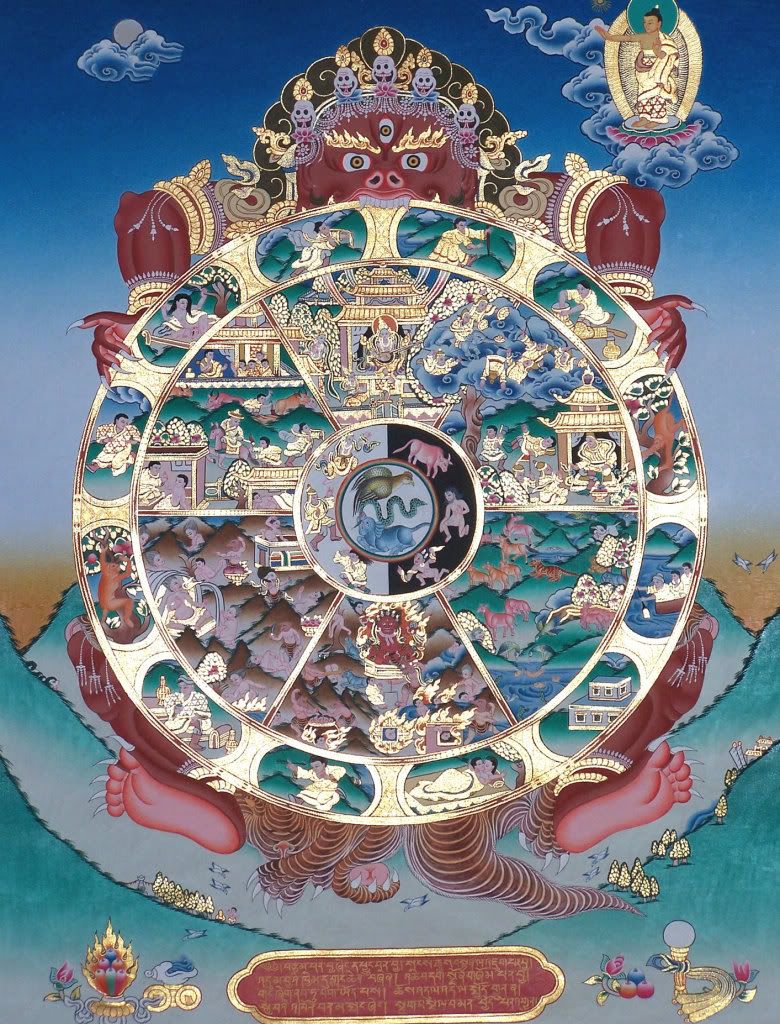
The Mind-Training Slogans of Atisha
POINT ONE
The preliminaries, Which Are a Basis for Dharma Practice
1. First, train in the the preliminaries.
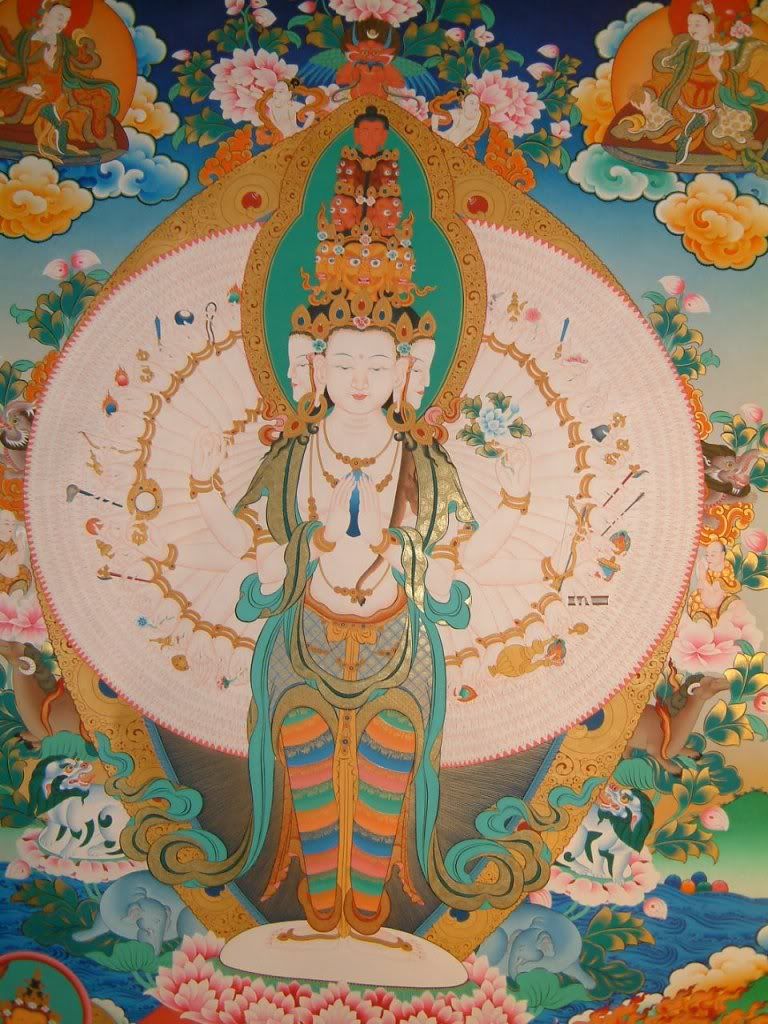
POINT TWO
The Main Practice, Which Is Training in Bhodichitta
ULTIMATE BODHICHITTA SLOGANS
2. Regard all dharmas as dreams.
3. Examine the nature of unborn awareness.
4. Self-liberate even the antidote.
5. Rest in the nature of alaya, the essence.
6. In post-meditation, be a child of illusion.

RELATIVE BODHICHITTA SLOGANS
7. Sending and taking should be practiced alternately. These two should ride the breathe.
8. Three objects, three poisons, and three seeds of virtue.
9. In all activities, train with slogans.
10. Begin the sequence of sending and taking with yourself.

POINT THREE
Transformation of Bad Circumstances into the Path of Enlightenment
11. When the world is filled with evil, transform all mishaps into the path of bodhi.
12. Drive all blames into one.
13. Be grateful to everyone.
14. Seeing confusion as the four kayas is unsurpassable shunyata protection.
15. Four practices are the best of methods.
16. Whatever you meet unexpectedly, join with meditation.

POINT FOUR
Showing the Utilization of Practice in One's Whole Life
17. Practice the five strengths,
The condensed heart instructions.
18. The mahayana instruction for ejection of consciousness at death is the five strengths: how you conduct yourself is important.
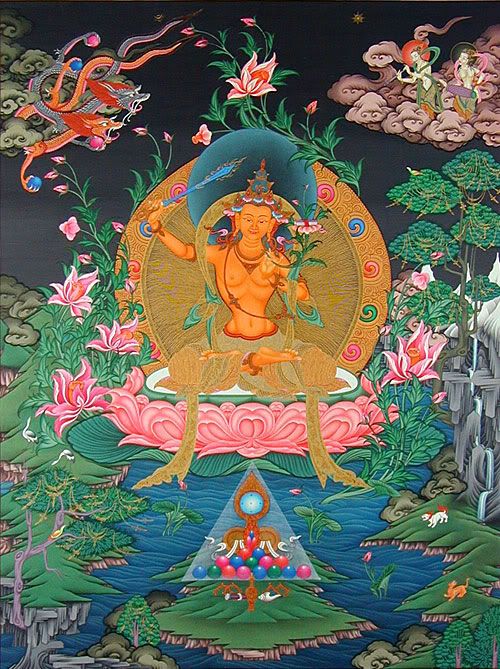
POINT FIVE
Evaluation of Mind Training
19. All dharma agrees at one point.
20. Of the two witnesses, hold the principal one.
21. Always maintain only a joyful mind.
22. If you can practice even when distracted, you are well trained.
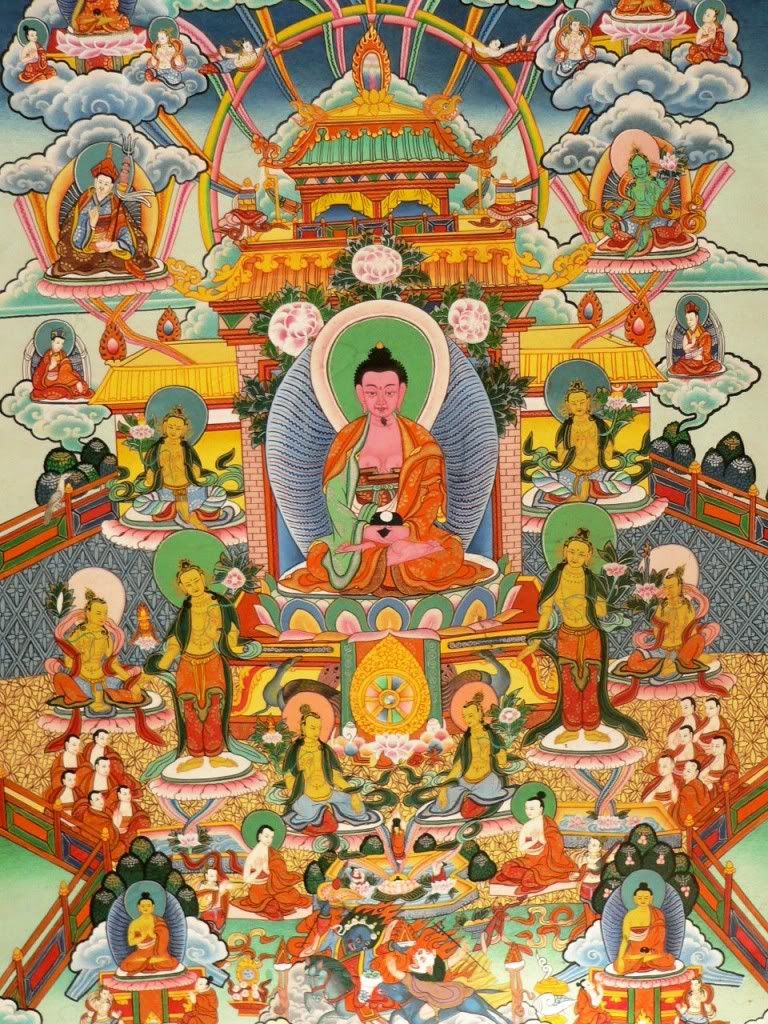
POINT SIX
Disciplines of Mind Training
23. Always abide by these three basic principles.
24. Change your attitude, but remain natural.
25. Don't talk about injured limbs.
26. Don't ponder others.
27. Work with the greatest defilements first.
28. Abandon any hope of fruition.
29. Abandon poisonous food.
30. Don't be so predictable.
31. Don't malign others.
32. Don't wait in ambush.
33. Don't bring things to a painful point.
34. Don't transfer the ox's load to the cow.
35. Don't try to be the fastest.
36. Don't act with a twist.
37. Don't make gods into demons.
38. Don't seek others pain as the limbs of your own happiness.
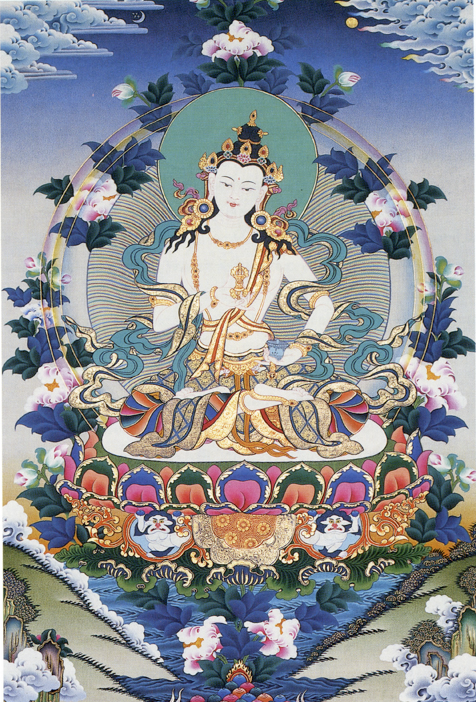
POINT SEVEN
Guidelines of Mind Training
39. All activities should be done with one intention.
40. Correct all wrongs with one intention
41. Two activities:one at the beginning, one at the end
42. Whichever of the two occurs, be patient.
43. Observe these two, even at the risk of your own life.
44. Train in the tree difficulties.
45. Take on the three principal causes.
46. Pay heed that the tree never wane.
47. Keep the three inseperable.
48. Train without bias in all areas. It is crucial always to do this pervasively and wholeheartedly.
49. Always meditate on whatever provokes resentment.
50. Don't be swayed by external circumstances.
51. This time, practice the main points.
52. Don't misinterpret
53. Don't vacillate.
54. Train wholeheartedly.
55. Liberate yourself by examining and analyzing.
56. Don't wallow in self-pity
57. Don't be jealous.
58. Don't be frivolous.
59. Don't expect applause.
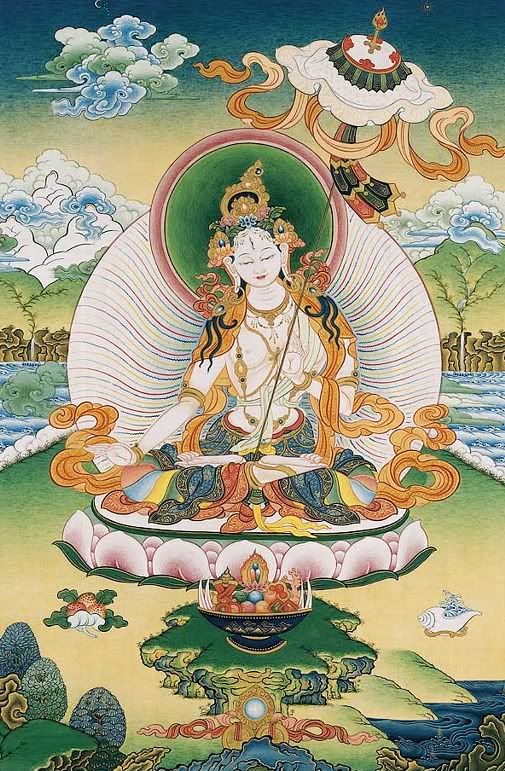
In joy and sorrow all are equal,
Thus be guardian of all, as of yourself.
{Shantideva}
Tonglen, or exchanging oneself for others, is another bodhichitta practice for activating loving-kindness and compassion. In Tibetan the word tonglen literally means "sending and taking." It refers to being willing to take in the pain and suffering of others and to send out happiness to us all. The bodhichitta teachings that Atisha took to Tibet included the practice of tonglen.
Although there are many ways that we can approach tonglen, the essence of the practice is always the same. We breathe in what is painful and unwanted with the sincere wish that we and others could be free of suffering. As we do, we drop the story line that goes along with the pain and feel the underlying energy. We completely open our hearts and minds to whatever arises. Exhaling, we send out relief from the pain with the intention that we and others be happy.
When we are willing to stay even a moment with uncomfortable energy, we gradually learn not to fear it. Then when we see someone in distress we're not reluctant to breathe in the persons suffering and send out relief.
The formal practice of tonglen has four stages. The first stage is a brief moment of stillness or openness---a moment of unconditional bodhichitta. The second stage is visualizing and working with the texture, the raw energy, of claustrophobia and spaciousness. The third stage is the essence of the practice: breathing in whatever is unwanted and breathing out a sense of relief. In the fourth stage we extend our compassion further by including others who are experiencing the same feelings. If we want, we can combine the third stage and the fourth stage, breathing in and out for self and other at the same time.
So the first stage of tonglen is a moment of open mind, or unconscious bodhichitta. Although this stage is crucial, it is difficult to describe. It relates to the Buddhist teaching of shunyata---often translated as "emptiness" or "openness." Experiencing shunyata at an emotional level, we might feel as if we were big enough to accommodate everything, that there's no place for things to get stuck. If we even relax our mind and stop struggling, emotions can move through us without becoming solid and proliferating.
Fundamentally, experiencing openness is having trust in the living quality of basic energy. We develop the confidence to allow it to arise, to linger, and then to pass on. The energy is dynamic, ungraspable, always in a state of flux. So our training is, first of all, noticing how we block the energy or freeze it, how we tense up our bodies and minds. Then we train in softening, relaxing, and opening to the energy without interpretations or judgments.
The first flash of openness reminds us that we can always let go of our fixed ideas and connect with something open, fresh, and unbiased. Then, during the following stages, when we begin to breathe in the energy of claustrophobia and unwanted feelings, we breathe them into that huge space, as vast as the clear blue sky. Then we send out whatever we can to help all of us experience the freedom of an open, flexible mind. The longer we practice, the more accessible this unconditional space will be. Sooner or later we are going to realize that we are already awake.
In essence the practice is always the same: instead of falling into a chain reaction of revenge or self hatred, we gradually learn to catch the emotional reaction and drop the story lines. Then we feel bodily sensations completely. One way of doing this is to breathe it into our heart. By acknowledging the emotion, dropping whatever story we are telling ourselves about it, and feeling the energy of the moment, we cultivate compassion for ourselves. Then we could take this a step further. We could recognize that there are millions who are feeling the way we are and breathe in the emotion for all of us with the wish that we could all be free of confusion and limiting habitual reactions. When we can recognize our own confusion with compassion, we extend that compassion to others who are equally confused. This step of widening the circle of compassion is where the magic of bodhichitta lies.
{The Places that Scare You, Pema Chödrön/Programming by DPC}


